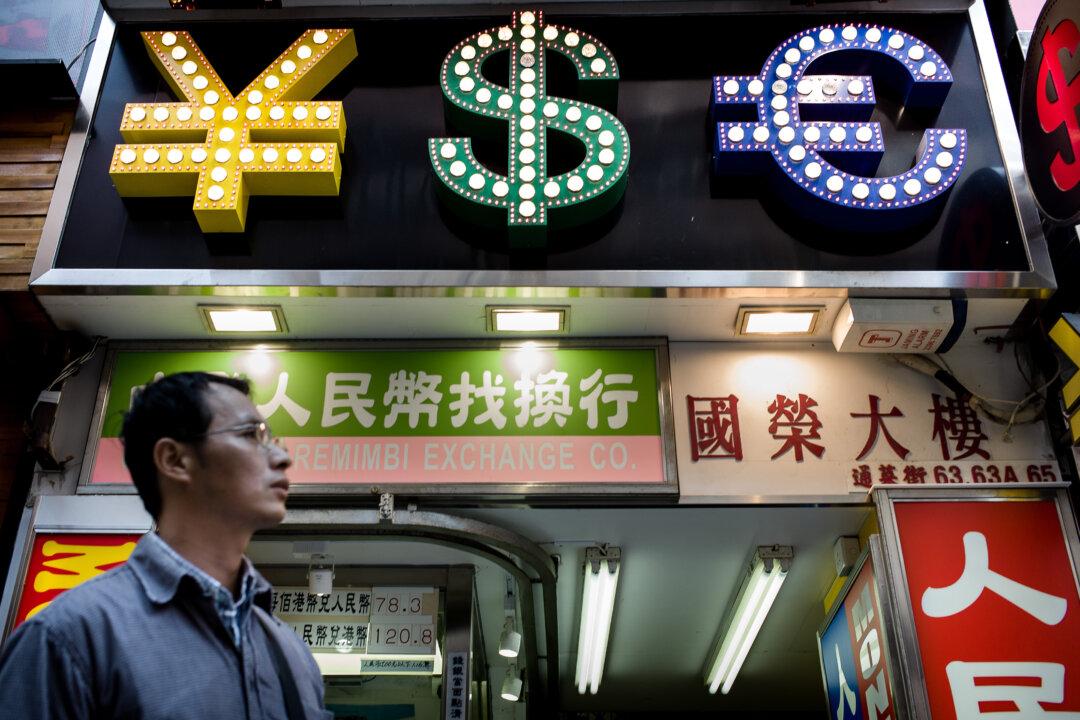The problem with micromanaging the economy is that things become rather complicated. That’s why China needs two currencies, one for the mainland, one for international banks. Since the devaluation on August 11, it seems China is losing control of both.
The Renminbi (RMB) or yuan is used within mainland China and can be exchanged for other currencies very restrictively. It is primarily used in trade but also for tightly regulated inbound and outbound investments.
There is no real market for this exchange rate, instead the People’s Bank of China (PBOC) comes up with a fix every day and then trades around it.
“Nobody knows officially how China gets to its fixing. It’s still a black box. It says it takes prices from many banks, more than a dozen, including foreign banks,” Marc Chandler, a senior vice president and head of currency for Brown Brothers Harriman in New York told Bloomberg.
So the PBOC would “fix” the rate in the morning and then intervene in the markets to keep it from moving further than 2 percent in either direction.
This is how China acquired its massive pile of foreign exchange reserves: As it was running a trade surplus, dollars were chasing yuan to pay for the vast quantity of goods China was shipping to the United States every year.
Under normal circumstances, the yuan should have appreciated considerably, but the Chinese regime wanted to keep exports artificially competitive.
So the PBOC printed yuan to meet the demand and thereby kept the exchange rate flat from 2001-2005. After 2005, it allowed to currency to appreciate 20 percent over 10 years, which again misrepresented a true market clearing price.
Balance Sheet Boost
In the process—because of all the money printing to buy dollars—the PBOC’s balance sheet zoomed from less than $1 trillion in 2002 to $6 trillion in 2014. As a comparison, the Federal Reserve’s maximum balance sheet size reached in 2015 was only slightly more than $4 trillion.






